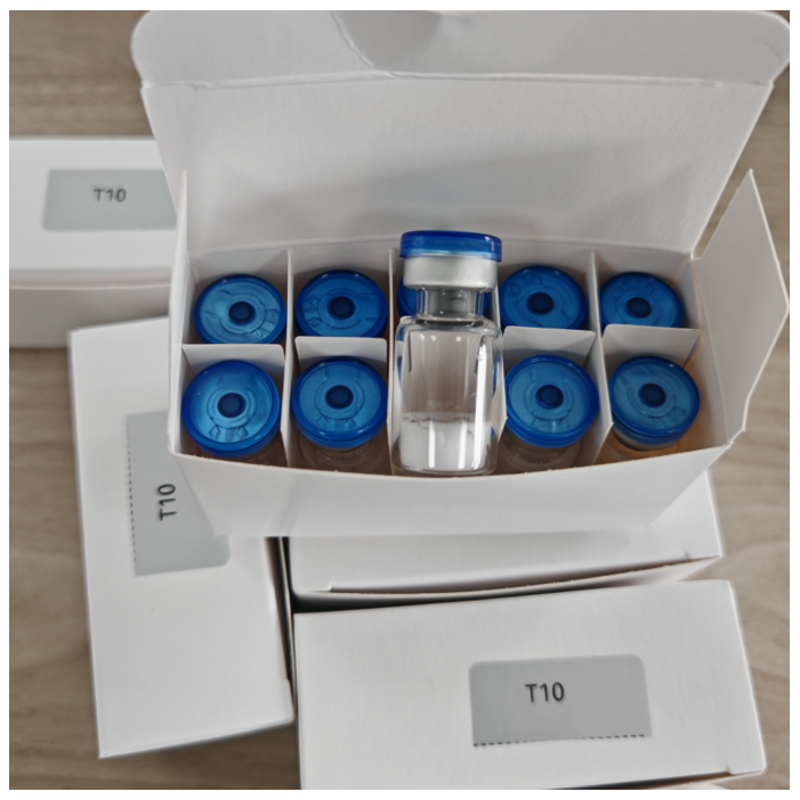-
Categories
-
Pharmaceutical Intermediates
-
Active Pharmaceutical Ingredients
-
Food Additives
- Industrial Coatings
- Agrochemicals
- Dyes and Pigments
- Surfactant
- Flavors and Fragrances
- Chemical Reagents
- Catalyst and Auxiliary
- Natural Products
- Inorganic Chemistry
-
Organic Chemistry
-
Biochemical Engineering
- Analytical Chemistry
-
Cosmetic Ingredient
- Water Treatment Chemical
-
Pharmaceutical Intermediates
Promotion
ECHEMI Mall
Wholesale
Weekly Price
Exhibition
News
-
Trade Service
On March 7, the FDA approved Novartis' Isturisa for the treatment of Cushing syndromeThis is the first FDA-approved oral 11-beta-hydroxylase inhibitorcommodity name: Isturisa, patients who undergo pituitary removal surgery can be treated as a therapeutic drugOsilodrostat is the first FDA-approved 11-beta hydroxylase inhibition that directly blocks adrenal cortisol synthesisCushing syndrome, also known as cortisol hyperplasia, is a clinical syndrome caused by the long-term secretion of excess glucocorticoids in the adrenal cortex for a variety of reasonsCushing syndrome is a rare disease (incidence rate of1 to 2 to 1 millionmillion), the patient usually manifests as a full moon face, multi-blood appearance, centripetal obesity, acne, purple, hypertension, secondary diabetes and osteoporosisThe high incidence of these diseases is20 to 50years old, and the incidence rate of women is 3times thatof menIsturisais a cortisol synthesis inhibitor that inhibits the production of11-beta hydroxylase, which is the enzyme responsible for the final steps of adrenal cortisol synthesis 11-beta The results show that Isturisa normalize semostly levels in patients with Cushing syndrome and improve other clinical characteristics Clinical Phase III LINC -
3 study 137 people, all adults (about three quarters of women), with an average age of 41, evaluated the safety and effectiveness of the drug's treatment for adult Cushing syndrome The patients in the group were not surgically removed from the pituitary, or had undergone pituitary removal surgery but were not cured or cured At 24 weeks, the initial dose of all patients was 2 mg (mg) twice a day, after which they were increased once every two weeks, eventually reaching 30 mg each time twice a day At the end of 24 weeks, about half of the patients had cortisol levels within the normal range After that, 71 patients did not need to increase the dose further and tolerate the drug for 12 weeks, and the patients enrolled in an eight-week double-blind randomized discontinuation study, where they received follow-up osidrostat treatment, or placebo therapy At the end of the discontinued period, 86% of cortisol levels remained within the normal range in patients in the osilodrostat group, compared with 29% of cortisol levels in the placebo group safety, common adverse reactions are adrenal insufficiency, fatigue, nausea, headache and edema the most common side effects in clinical trials are adrenal insufficiency, headache, vomiting, nausea, fatigue and edema (swelling caused by fluid retention) Increases in low cortisol (low cortisol levels), QTc prolongation (a state of heart rhythm) and adrenaline prefrontal (an inactive substance converted into hormones) and androgens (hormones that regulate male characteristics) may also occur Cushing syndrome, also known as hypercortisolism, is a clinical syndrome, also known as endogenous Cushing syndrome, caused by a variety of causes of long-term secretion of excess glucocorticoids in the adrenal cortex The high incidence is between the ages of 20 and 40, and the ratio of morbidity between men and women is about 1:3 Depending on the cause of the adrenal corticosteroids (ACTH) dependency type and non-dependent type The main manifestations are full moon face, multi-blood appearance, centrial obesity, acne, purple, hypertension, secondary diabetes and osteoporosis In addition, long-term use of high doses of glucocorticoids or long-term alcohol abuse can also cause clinical manifestations similar to Cushing syndrome, called exogenous, pharmaceutically derived, or curshing syndrome Cushing syndrome has an annual incidence of 0.7 to 2.4 parts per million, a rare disease, and Osilodrostat is given orphan status in the United States and the European Union Prior to Osilodrostat's approval for listing, cushing's preferred treatment option spent on the removal of the pituitary gland by butterfly sinus surgery, with alternative complementary medications including: pasireotide (growth inhibitor analogue), caramine (dopamine receptor agonists), metiralyone and ketamine (adrenal steroid serotonin), mitotamin (anti-adrenaline) and magenta interesting, Osilodrostat was originally developed by Novartis as a primary hypertension drug in 2008, and the effect was good, entered the clinical phase 2, but then there is no following, since 2014 began the clinical trial of Cushing syndrome indications, after 6 years, as the first Cushing syndrome first-line drug market, in the beginning should be a surprise This is not uncommon in drug development, the more well-known is Sildinafi, originally also as a cardiovascular treatment drug development, and then to treat erectile dysfunction and the world, and found to be effective on pulmonary arterial hypertension Osilodrostat's structure is as follows: its chemical structure is simple, compound patents are not authorized in the country, but the use of Cushing syndrome patents are granted, the patent expiration date is January 31, 2031 July 2019, Novartis announced that it would sell its global commercial rights to Osilodrostat and Signifor (Paritide, Pasireotide diaspartate) for $390 million in packages to Recordati, an Italian multinational drug company Paritide had a global sales of $72 million in 2018, and Osilodrostat's first-line drug overtaking Paritide doesn't seem to be difficult , and in January Osilodrostat was approved for listing in the European Union, and Recordati was full of results after a half-year deal in the two major pharmaceutical markets in the European Union and the US Osilodrostat has finally had a chance to show off after going on sale by Novartis after experiencing its first indications development Reference: 1.
MedSci Source: MedSci Original







